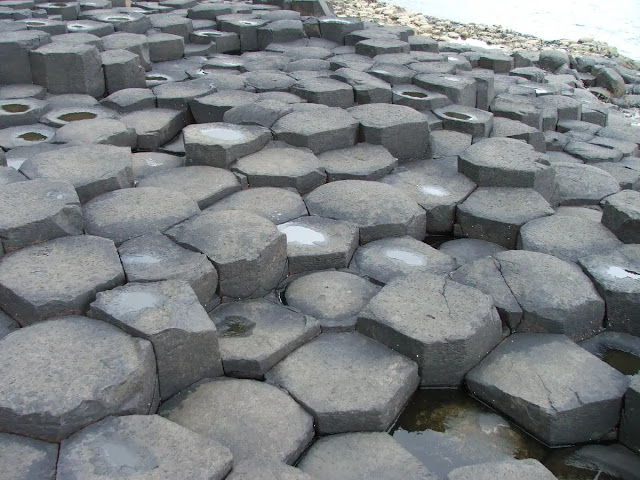Geologic Events: Rock Layers Oldest to Youngest (Solved)
Understanding the sequence of rock layers, from oldest to youngest, is fundamental in geology, particularly in the study of stratigraphy. The order of geologic events can be determined using the principles of superposition, original horizontality, and cross-cutting relationships.
Determining the Sequence of Events from Oldest to Youngest
Geologists use a set of principles to establish the relative order of geologic events. These principles are based on the way rocks and other geologic features are formed and modified over time. The most important principles for relative dating are:
The principle of superposition states that the oldest rock layers are at the bottom and the youngest rock layers are at the top. This is because rock layers are deposited on top of each other, and the oldest layers are the ones that have been buried the longest.
The principle of original horizontality states that rock layers were originally deposited in a horizontal position. This is because sediment is deposited by water, wind, or ice, and these agents all tend to deposit sediment in a horizontal fashion.
The principle of Continuity of the Layers: All rock layers are laterally continuous and may be broken up or displaced by later events.
The principle of cross-cutting relationships states that any geologic feature that cuts another feature is younger than the feature it cuts. This is because a geologic feature cannot cut a feature that is already there.
By using these principles, geologists can determine the order in which geologic events occurred. For example, if a fault cuts through a rock layer, then the fault must be younger than the rock layer.
The order of geologic events can be used to understand the history of the Earth and to predict where future geologic events might occur.
Applying basic geologic principles: Laws of original horizontality, superposition, and cross-cutting arelationships explain the order of this diagram with the order of formation:
What is the order of geologic events that produced the sequence of rocks below from oldest to youngest rock layers
The answer from the Oldest ====> Youngest
The Oldest: V-C-O-M-X-K-E-B-S-Z-J-G-L-F-T-A-D-P-N-H-R

.webp)


%20(1).webp)




